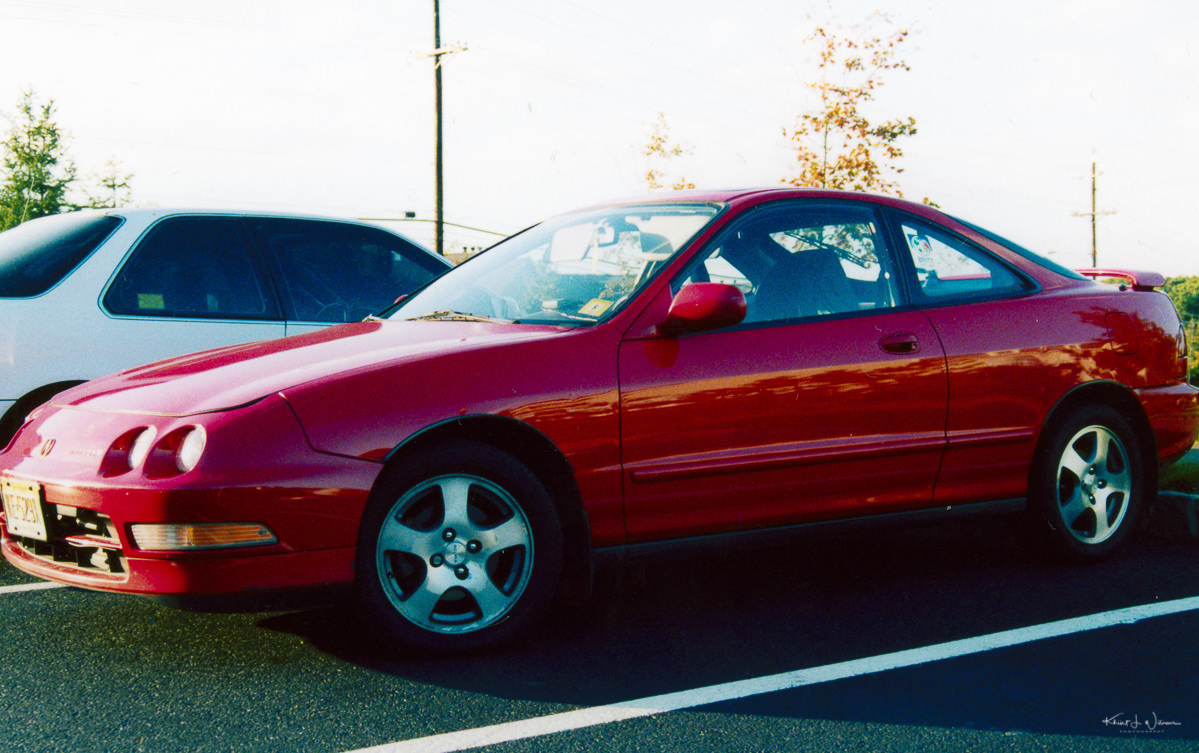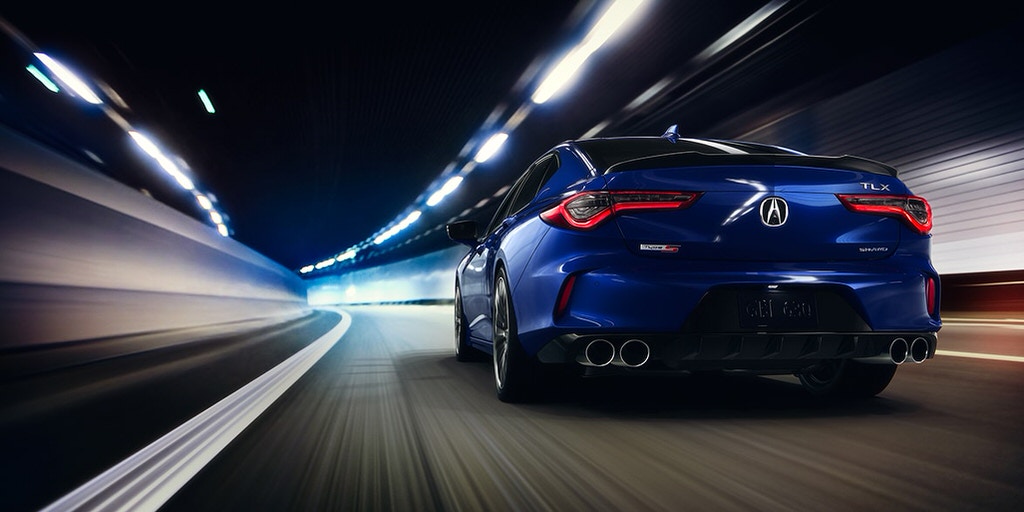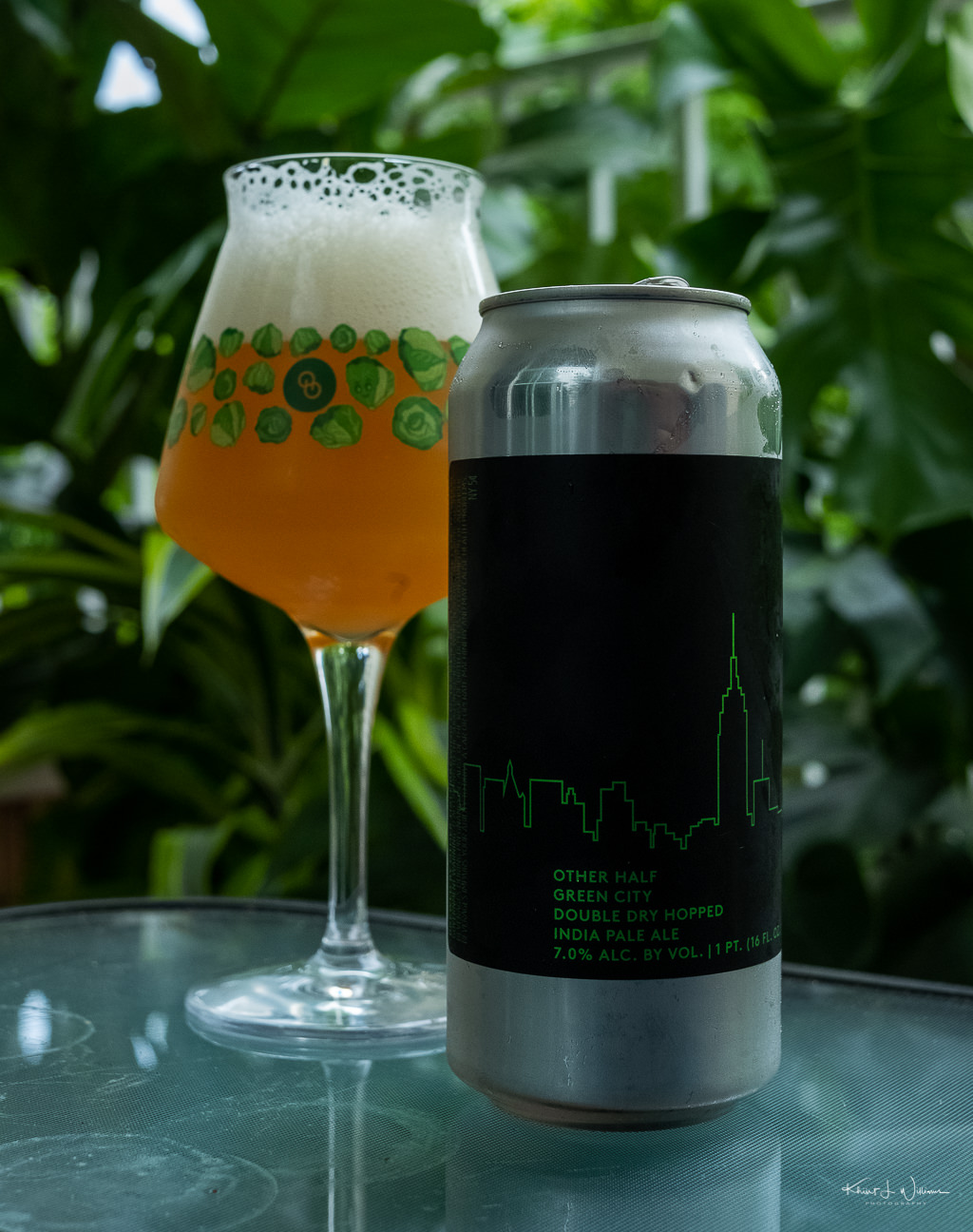Tag: Craft Ale
Isolation Photo Project, Day 68: Vintage Japanese Car Lust
In 2006 after hearing my wife complain that I needed to put “her children” safely inside a more practical family man sedan, I sold my Milano Red 1994 Acura Integra GS-R with about 193,000 miles on it for $3000. That was the last time I enjoyed driving any car. The 1994 Acura Integra GS-R is now considered a classic car, and low mileage Integras sell for a “crap-ton” of money.
I was born and raised on several small islands in the British West Indies. When I was a young boy, my Uncle Clifford owned a Triumph of some kind and Dad owned a Mini Cooper, which I always think is hilarious because my Dad’s middle name is Cooper. Uncle Clifford enjoyed road trips around St. Vincent. Dad just loved driving his Mini Cooper and Volkswagen anywhere. I was in love with open top roadsters and compact cars from an early age.
In 1996 I bought a 1994 Acura Integra GS-R, a car that had been on my dream car list for several years. I named it Tetsuo after one of the characters in the 1988 Japanese animated cyberpunk action film directed by Katsuhiro Otomo. One of these recently sold on “Bring a Trailer” for $27,000. Wowza!!!

But I’m not a gearhead “guy”. I have no idea what rack-in-pinion steering is, but I know what I like. I want a 1964 Honda S600 Roadster for the weekend drives around the rolling hills of Somerset and Hunterdon counties. I want a 1994 Acura Integra GS-R to pretend that I am twenty-six years old again. Sigh.
But more likely is that I may purchase a 2021 Acura TLX Type S to replace my 2006 Honda Accord EX. My kids are adults, currently in University, and I non longer have the “need” to transport “kids” in my back seat comfortably. I can get a performance car again. My wife has an Acura RDX, but the 1994 Acura Integra GS-R was the last Acura I owned. I want that sense of excitement again. I want to hear the all-new exclusive 3.0-litre V-6 Turbo engine growl.

Some may question my taste in movies, but I love the "Fast and The Furious" franchise, especially the first movie, “The Fast and The Furious”. I fell in love with the flawed characters. At some point in the mid-1990s, before kids, I was actually in a car club that met regularly on the roof of the Menlo Park Mall. I quit the club when my wife pointed out that most club members were too young to drink.
My friend and former colleague from Sarnoff Corporation, Dr Rebecca Mercuri, along with Peter G. Neuman, has put together a webinar, Risks to Elections in the COVID-19 Era, on the possible effects that the global pandemic may have on voting and the United States Presidential election. Dr Mercuri is well known for her analysis and criticism of electronic voting machines. She has admitted that she delivers her absentee voting ballot to her county clerk's office when she votes.
Now, with fears of COVID-19 in the mix, many municipalities are making plans for all-paper and all-absentee voting, in the remaining primaries and for the November General Election. Yet, these methods still suffer from archaic forms of fraud and tampering that have never been properly addressed.
Today’s photograph may not qualify as art. Or maybe it does. I think it’s more documentary. I grilled chicken with shawarma seasoning for dinner this evening and drank a pint of “Landing Crew IPA” by Flounder Brewing Co.
Skol!
Submitted as part of the 100DaysToOffload project.Isolation Photo Project, Day 61
Over on 35mmc, Babak Farshcian wrote a detailed article about his process for collecting metadata for his analogue photography using the Android app, Exif Notes. While I found the article interesting, I don't use Android1, so I focused on reading about his process and reasoning.
For me, the inability to automatically capture metadata is one deficiency of film photography, and one of the reasons I abandoned 35mm film for digital in 1999. While analogue photography is still part of my photographic hobby, I do it more like a nostalgic “fun thing” to do, and I won't be in a darkroom lab anytime soon.
When I use my Fuji X-T2, the date, time, ISO, shutter speed, aperture, focal length, exposure compensation, camera model, lens model and location are all automatically recorded into the image file, even when I shoot in full manual mode. With analogue photography, nothing is registered into the medium. It has been challenging.
With the Spotmatic II, I set the aperture and shutter speed manually. The Pentax ES II has aperture-priority auto-exposure. I don’t know what shutter-speed the camera’s exposure system has chosen. I started using the Byword app to take notes when I am using one of my Asahi Pentax Spotmatic II or Pentax ES II camera, but it was tedious to use. I had accepted that the camera model, lens model, and ISO information are the only practical bits of information I could track effortlessly.
When I develop my film, I have the negatives scanned to JPEG files so that I can later add the camera, lens and film information via Exif Editor, assuming I know it. When using adapted legacy prime lenses on my Fujifilm X-T2 the lens information and aperture values are not recorded into the RAF digital file. Sometimes I will use one aperture for the entire shoot and then use Exif Editor to add the missing information.
A few people in the comment section of Babak’s article mentioned some iPhone apps they have used to help capture information for each frame. One such app was PhotoExiF which I installed and configured. I can see how it will make it easier to track shot information when using my film cameras or when using adapted legacy lenses on my Fuji X-T2.
But there are some drawbacks to the app. The small text orange coloured is barely legible, a challenge for my 54-year-old eyes to read. A separate macOS app, PhotoExifDesktop, is needed to make full use of the XML file exported from the iOS app. The developer didn’t sign this free app with an Apple-approved digital certificate. macOS won’t install the app unless I bypass the security settings on macOS. That’s not going to happen2.
Also mentioned in the comments is Film Rolls, an app which is easier for me to use (legible text) than the PhotoExiF app. I had no problems adding information about a few lenses and cameras and creating an entry for a roll of film. Adding frame info was quick and painless.
However, the app documentation requires using iTunes to export an XML file. Of course, iTunes no longer exist, but the export can be done from the Finder app. The app makes it faster to capture exposure information when shooting but don’t reduce the effort needed to add information to the image files. Adding meta-data to images is still a process of reading the XML and manually tagging each file.
I have recently scanned some old family photos to digital. The photographs are no less significant because I don’t know when/where/how they ware taken. But storytelling elders can help give context and meaning to old photographs. My mom has helped identify people and places with handwritten notes on the back of some of the prints. I imported the scanned images into Adobe Lightroom and tagged and caption each scan.
I will never receive an award for how hard it was to take a photograph, and I want to have metadata information, but I think that jumping through hoops to get that metadata gets in the way of being in the moment with my photography.
Submitted as part of the 100DaysToOffload project.- I’ve never owned an Android device. Except for a Dell laptop running Windows XP, BSD UNIX and Linux were my defaults until the switch to Mac. The server hosting this website is all Linux. ↩
- I've worked in cyber-security for almost two decades. In my knowledgeable opinion, installing unsigned software is very much like having unprotected sex with a random stranger during a global pandemic. ↩



